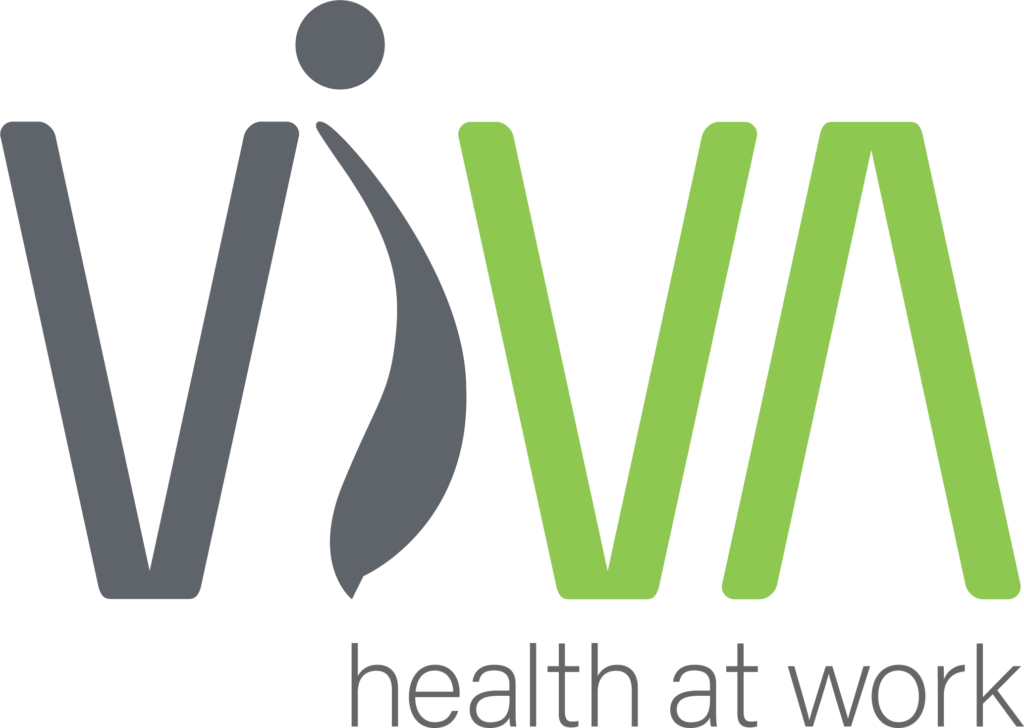This paper has been developed from excerpts from the following research:
- Pazell, S. (2018): Good work design: Strategies to embed human-centred design in organisations [published thesis]. Brisbane, QLD: University of Queensland, Sustainable Minerals Institute.

There is a peaceful and constructive social movement underway that is challenging our norms, values, and culture: the advancement of human-centred approaches (human-centred design, human factors, ergonomics, and resilience engineering) to address sustainability, health, and well-being in the workplace (e.g. Anger et al, 2015; Hammer & Sauter, 2013; Nobrega et al, 2017; Punnet et al, 2009; Schill & Chosewood, 2016). The evidence is compelling that these practices are consequential to production (e.g. Burgess-Limerick, 2010; Dul & Neumann, 2009; Stanton & Baber, 2003): one may challenge the fiduciary responsibility of any governance or leadership team not striving to adopt these approaches (not withstanding a social obligation also). A fiercely competitive business strategy is one that is human-centred (e.g. ISO Standard 27500:2016).
Human-centred design practices are fuelled by a social goal to improve well-being and an economic goal to enhance system performance (Dul & Neumann, 2009). Human factors and ergonomics may add value by improving well-being; optimising work environments; stimulating motivation, growth, and job satisfaction; and improving performance and reward. Product users may benefit from rapid familiarization and better experience with tools, equipment, or processes; an improved fit of work design to user characteristics and task requirements; and improved efficiency with reduced error rates (Dul & Neumann, 2009; Norman, 2013). System experts, such as engineers and designers, may discover better user acceptance of their designs and higher performance outcomes; a better fit with legislative standards for health, safety, accessibility, or ethics and sustainability objectives; and more efficient development through user consultation. Decision makers, such as managers or procurement specialists, may discover the value proposition of the practices when evaluating productivity, reduced operating costs, stimulating innovation among teams, assessing company reputation, striving for higher retention rates, and aiming to achieve well-informed and transparent decision-making. In terms of cross-functional strategies, ergonomics supports total quality management, lean production, and process engineering. At a systemic level, social and economic wealth is elevated through the practices (Dul & Neumann, 2009).
When we design work to optimise performance and achieve safety, to the point that work may be conditioning (physically and neuro-cognitively) or rewarding (organisationally), the net benefit of work engagement outweighs the challenges. This is akin to the “Net-Positive” strategies discussed in environmental science and sustainability (e.g. Abernathy, 2018). A challenge to our Total Worker Health® initiatives is to provide for an integrated approach in sustainability, health and well-being, and productivity so that a Net-Positive effect occurs and becomes an expected norm. The aim is to balance the scales of work that are conditioning (in every sense: physical, neuro-cognitive, and organisational) to outweigh acute and cumulative risks and exposures (by magnitude and prevalence). The initial platform from which this social justice framework is positioned is stable: work provides meaning, structure, and routine. It reduces poverty and social exclusion, anxiety, and stress. It provides a mechanism for rehabilitation and levels social disparity. Health indicators for workers and their families are more positive than for those of non-workers (AFOEM, 2011; Waddel & Burton, 2006). Health begins where we live, learn, work, and play (World Health Organisation, 2012): our jobs may be one area where health may be elevated (Robert Wood Johnson Foundation, 2010). Through human-centred practices, where co-design and collaboration with workers as subject matter experts is a familiar and habitual undertaking, workers are given voice and become architects of superior systems, tools, and equipment. Heavy work is designed to be lighter, exclusive tasks become inclusive to a wider range of the population, and cognitively taxing or burdensome processes become more stream-lined to enable workers to focus on the most critical aspects of their jobs; quintessential creative skills are harnessed in a useful manner. These practices should be considered a cornerstone to any wellness programming.
By embedding a design-focus to our work and recognising the concept of Total Worker Health® and the Net Positive challenge, the features for which we strive in work design are more readily developed and articulated: we want work to be challenging to the “just-right” degree, our capabilities to be well harnessed, our bodies and minds to become conditioned and improved, our social lives to be enriched, our environment to exist in harmony with our actions, and our prospects for economic prosperity to flourish. Ask your teams today:
· “Are they ready for the Total Worker Health® Net Positive challenge?”
· “What can change today to work toward that goal?”
· “What do we dream and how shall we design that reality?”
· “How shall we shape our destiny?”
Abernathy, J (2018). Conversation with Sara Pazell, with sentiments also described in this article about Humanscale’s environmental practices: https://design-milk.com/friday-five-with-jane-abernethy/
Anger, W. K., Elliot, D. L., Bodner, T., Olson, R., Rohlman, D., Truxillo, D. M., Kuehl, K. S., and Hammer, L. B. (2015). Effectiveness of Total Worker Health Interventions. Journal of Occupational Health Psychology, 20(2), 226 – 247.
Australasian Faculty of Occupational & Environmental Medicine (AFOEM): Royal Australasian College of Physicians (30 Mar 2011). Australian and New Zealand Consensus Statement on the Health Benefits of Work. Position Statement: Realising the Health Benefits of Work. Australia & New Zealand: AFOEM.
Burgess-Limerick, R. (2011). Ergonomics for Manual Tasks. In CCH Australia Ltd., Australian Master OHS and Environment Guide. Pp. 261 – 278. McPherson’s Printing Group.
Dul, J., & Neumann, W. P. (2009). Ergonomic contributions to company strategies, In Applied Ergonomics, 40, 745 – 752.
Hammer, L., B., & Sauter, S. (2013). Total Worker Health and Work-Life Stress. Journal of Occupational and Environmental Medicine, 55(12), 651 – 658.
Nobrega, S., Kernan, L., Plaku-Alakbravoa, B., Robertson, M., Warren, N., Henning, R., & CPH-NEW Research Team (2017). Field tests of a participatory ergonomics toolkit for Total Worker Health. Applied Ergonomics, 60, 366 – 379.
Punnet, L., Cherniack, M., Henning, R., Morse, T., Faghri, P., (2009). A conceptual framework for integrating work health promotion and occupational ergonomics programs, In The CPH-NEW Research Team Source: Public Health Reports (1974), 124, Supplement 1: Occupational Interventions (July/August 2009), 16 – 25.
Robert Wood Johnson Foundation (RWJF) (2010). A new way to talk about the social determinants of health. Viewed 13 October 2015: http://www.rwjf.org/content/dam/farm/reports/reports/2010/rwjf63023
Schill, A., & Chosewood, L. C., (2016). Total Worker Health®: More implications for the occupational health nurse. Workplace Health and Safety, 4 – 5.
Stanton, N. A., & Baber, C. (2003). Editorial: On the cost-effectiveness of ergonomics. Applied Ergonomics, 34, 407 – 411.
Waddell, G. & Burton, K. A. (2006). Is Work Good for Your Health and Well-Being?: London, UK: TSO.
